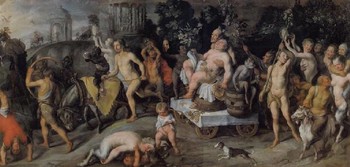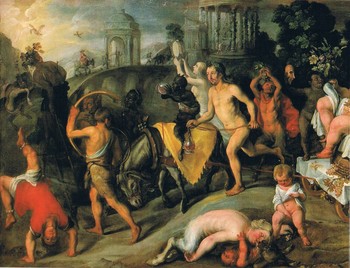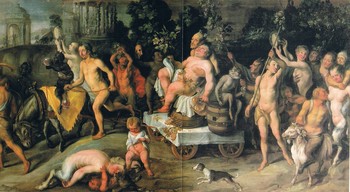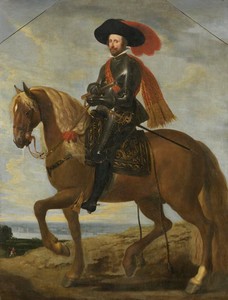Deodat van der Mont
The four elements
Oil on panel : 50,9 X 88,0 cm
Monogrammed and dated middle left “MD / 1644”
Sold by us in 2012
According to the RKD, The Hague the painting is “attributed to Deodat van der
Mont and to Osias Beert II”
This is a comparative item
Painting for Sale
Comparative paintings
Click photos for more details





